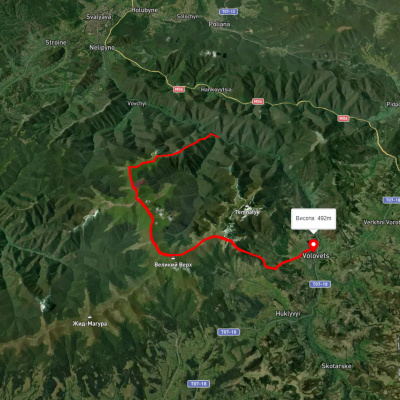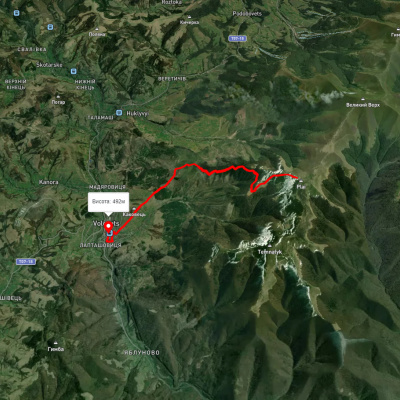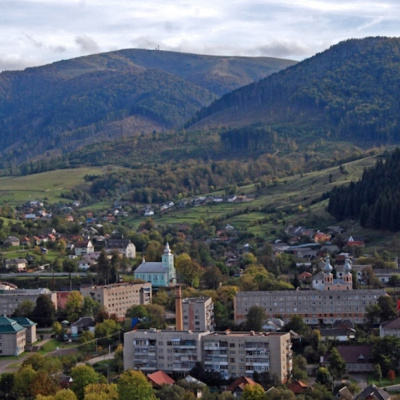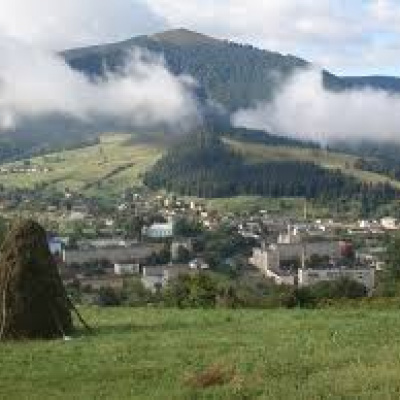Volovets
The modern resort of Volovets lies on the territory of Boykivshchyna. Volovets is located in the highlands of the Ukrainian Carpathians, south of the Vododilnyi Ridge and north of the Polonyna Borzhava massif, in the valley of the Vycha (a tributary of the Latorytsia) and Volovchyk rivers, at the foot of the Temnatyk and Plai mountains, at an altitude of about 500 meters above sea level. This is perhaps the only village in the region that does not have any questions about how to get there: there is a railway line through Volovets, so you just need to take an electric train in Lviv and it will take you to the right station. A good location is Volovets' main advantage.
The Volovets resort will appeal to beginners and skiers who have just started to master the mountain slopes. This village is an ideal place if you want to visit as many of the Carpathian sights as possible.
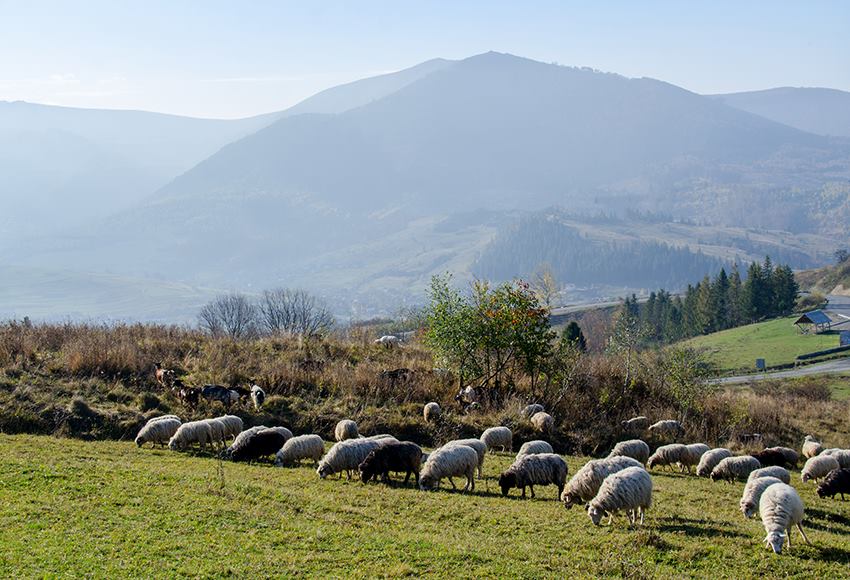
If you have chosen this resort for your vacation, it would be a sin not to take advantage of this opportunity and go on excursions. First of all, you can get from Volovets to Mukachevo by train, which is a symbolic distance for a railroad. And Mukachevo is a wine festival in winter and excursions to the Palanok Castle at any time of the year. If you are at all indifferent to castles, you should get off at the Chynadiyovo station, just before reaching Mukachevo, because there is another ancient palace there. Perhaps you have never admired the famous Sea Eye of the Carpathians? Then this is a great opportunity to take an excursion to Lake Synevyr or see the water attractions located nearby, such as the picturesque Shipot Waterfall. Walking on foot, you can climb the Volovets Pass, and it is convenient for hikers to go to Volovets to start climbing the Borzhava meadows.
In Volovets, it is better to eat at the hosts where you are staying or cook your own food. In addition to the market, Volovets has a supermarket called "Rukavychka" where you can buy a minimum set of products, several small shops, and the "Family Bakery" where you can buy fresh pastries, raw meat, sausages, and other products.
For the vast majority of tourists, the 5-thousandth Volovets is just a transit point to Pobovets-Pylypets or to places even further away from Lviv Oblast, nothing more. And who cares that people settled here back in the Bronze Age?

According to legend, the name of the village comes from the Volivchyk stream, where shepherds used to water their oxen grazing on the grass-rich meadows.
In 1645, the Transylvanian prince Derd II Rakoczy, who was actively fighting to expand his possessions, added Volovets to them. The settlement at that time was small, with several dozen families living there. The locals were mainly engaged in animal husbandry. In the early sixteenth century, the peasants were completely enslaved. Feudal wars and strife repeatedly led to the ruin of Volovets. For example, in 1657 Polish troops led by voivode Lubomirski attacked the possessions of this prince. Many villages, including Volovets, were destroyed and devastated. After the suppression of the Hungarian liberation war of 1703-1711, all the possessions of its leader Ferenc II Rákóczi were confiscated and in 1728 passed to Count Karl Schönborn. Volovets became a part of the Mukachevo-Czynadziwska dominion. The first half of the nineteenth century was characterized by the expansion of the landlord's economy at the expense of serfs' allotments and increased exploitation. The oppressed peasants did not put up with the serfdom and repeatedly opposed the exploiters. In 1761-1762, 33 residents of Volovets were imprisoned for disobeying the administration of the dominion. In the summer of 1831, a new peasant uprising broke out in Zakarpattia, in which the villagers also took part. As a result of the revolution of 1848-1849, serfdom was abolished.
In the second half of the nineteenth century Volovets was a relatively large village in Verkhovyna. In 1870 it was home to 600 people. In the 1830s, a semi-artisanal enterprise for the production of tiles and bricks began operating in Volovets. In 1872, Italian industrialists started building a railroad.
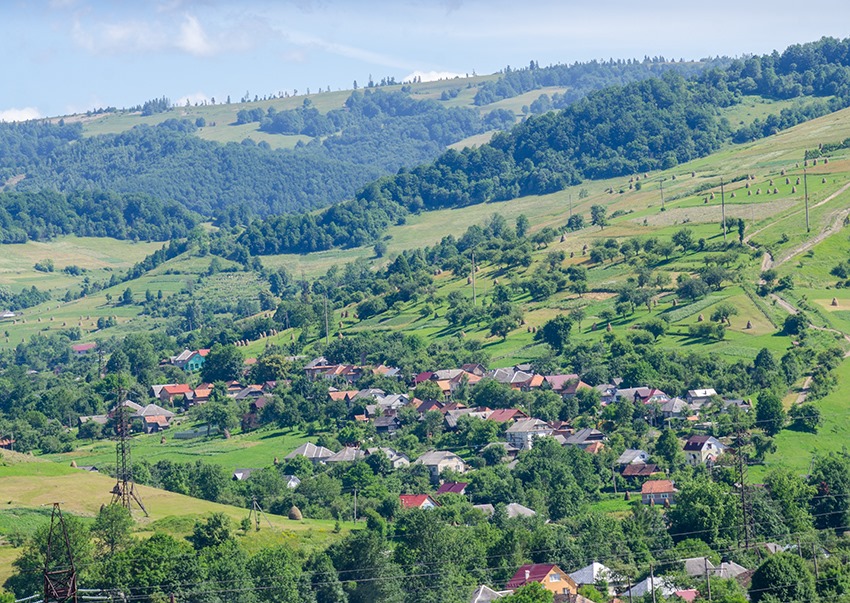
In the early twentieth century a sawmill was built. In 1906 one of the Budapest firms installed a steam sawmill in Volovets, which produced building materials. The three-story house belonged to the wealthy Grimberg. In 1882, the first educational institution, a public elementary school, was opened in Volovets. In 1900, only 346 residents could read and write. In 1944, an elementary school was opened, and in 1945, a secondary school was opened on its basis. Archaeological findings show that the area of modern Volovets was inhabited already in the Bronze Age. In 1930, two treasures were found here, consisting of 23 bronze and 5 gold items, which confirm the existence of a settlement here in the late second millennium BC.
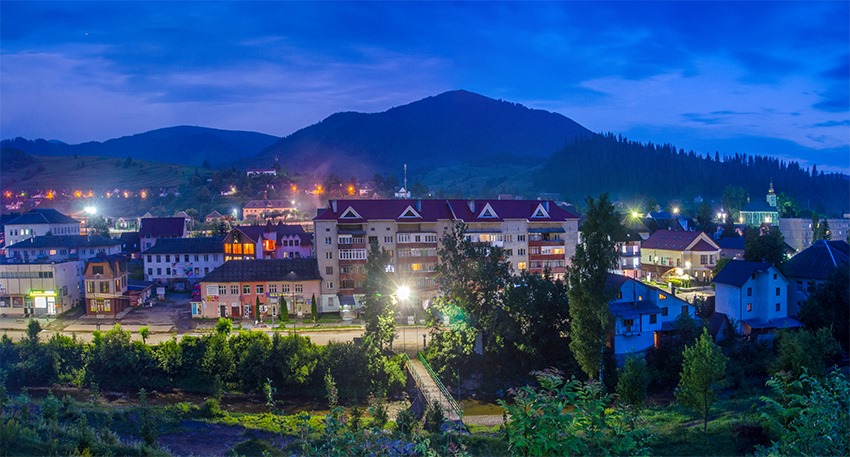
Experienced skiers are not too interested in this ski resort, using it as an intermediate station: from Volovets you can go to the Izky eco-resort, get to the ski slopes of Pylypets and Podobovets, where more difficult slopes are equipped. But if you don't feel like a great skier or are just learning this type of leisure, the beginner's trail will satisfy you. There is one and only one ski lift.
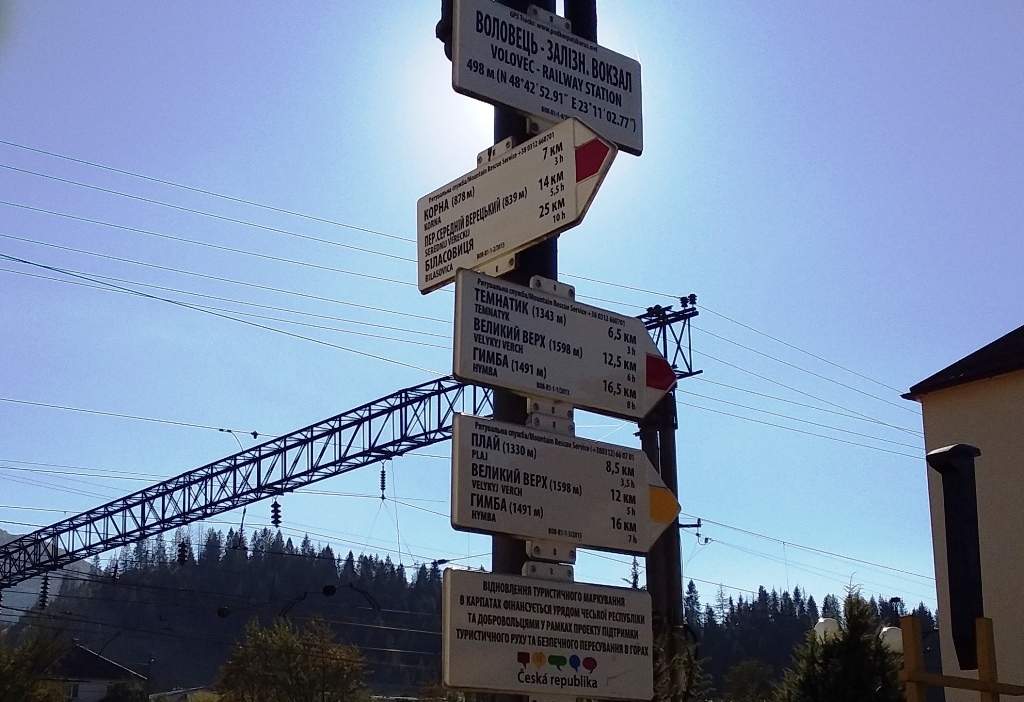
Frugal tourists rent accommodation in Volovets even if they plan to ski elsewhere, because both hotels and private estates are pleasantly inexpensive.
- Volovets District Council 30 Nezalezhnosti St. +38 (03136) 2-22-66
- Volovets village council 7 Pushkina str. +38 (03136) 2-25-33
- Mountain Search and Rescue Service Nyzhni Vorota village, 110 Tsentralna St. +38 (050) 273-76-45
Які туристичні (пішохідні) маршрути проходять через/біля Volovets?
Пропонуємо пройти такі туристичні (пішохідні) маршрути через/біля Volovets: з/д ст. "1662 км", через г. Стій, г. Великий Верх до смт. Воловець, смт. Воловець, через г. Плай, г. Великий Верх, г. Гемба, вдсп. Шипіт до смт. Воловець, Воловець - Плай, с. Сасівка, через. г. Іволове, г. Стій, г. Великий Верх, вдсп. Шипіт, г. Плай до смт. Воловець, Синевирський перевал, через смт. Міжгір'я, г. Жид-Магура, г. Гемба, вдсп. Шипіт до смт. Воловець, с. Сасівка, через г. Іволове, г. Стій, траверс г. Великий Верх, г. Плай до смт. Воловець
